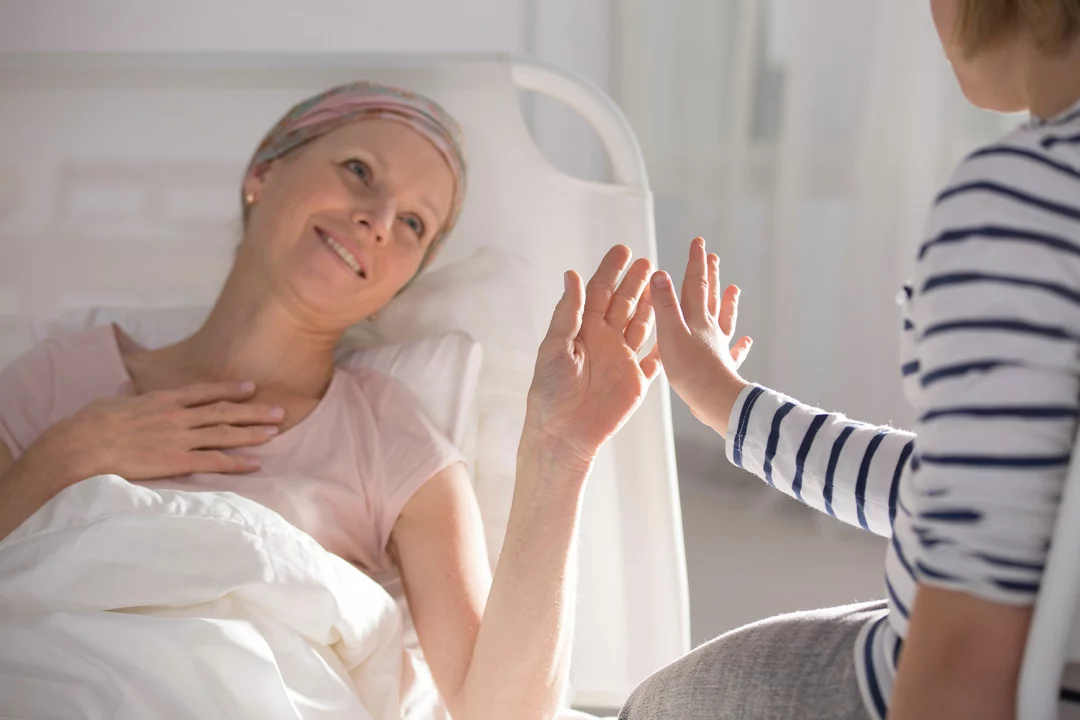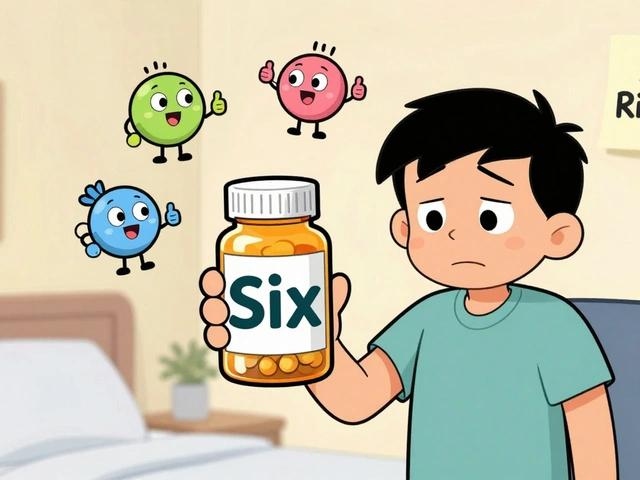Cancer Treatment: What You Need to Know
Facing a cancer diagnosis can feel overwhelming, but knowing your treatment options makes the journey clearer. Below you’ll find straight‑forward explanations of the most common therapies and handy advice on handling side effects. Let’s break it down so you can ask the right questions at your next doctor visit.
Types of Cancer Treatments
Chemotherapy uses powerful drugs to kill fast‑growing cells. It’s often given through a vein, but oral pills are also common. You might hear terms like "cycles" or "sessions" – each cycle usually includes a treatment period followed by rest so your body can recover.
Radiation therapy targets tumors with high‑energy rays. It’s precise and can be used alone or together with chemo. Treatments are short, lasting a few minutes, but you’ll typically have them five days a week for several weeks.
Surgery removes the tumor physically. Depending on size and location, surgeons may use traditional open techniques or minimally invasive methods like laparoscopy. Surgery can be curative when cancer hasn’t spread.
Immunotherapy trains your immune system to recognize and attack cancer cells. Drugs such as checkpoint inhibitors have changed outcomes for many patients. Side effects differ from chemo – they often involve inflammation of healthy organs, which doctors monitor closely.
Targeted therapy zeroes in on specific genetic changes in cancer cells. These medicines block signals that tell tumors to grow. Because they focus on a particular pathway, they can be gentler than traditional chemo, but not every tumor has a targetable mutation.
Managing Side Effects and Everyday Tips
Side effects vary by treatment, but some common ones include fatigue, nausea, hair loss, and sore mouth. Staying hydrated helps combat fatigue and reduces the risk of kidney issues from chemo drugs. Aim for water, herbal teas, or clear broths throughout the day.
Nausea can often be tamed with small, frequent meals instead of large plates. Ginger tea, plain crackers, or applesauce are easy on the stomach. If you’re prescribed anti‑nausea meds, take them exactly as directed – they work best before symptoms start.
Hair loss is temporary for most chemo regimens. Wearing a soft hat or scarf can keep you comfortable in public. Many patients find that focusing on a skincare routine, like gentle moisturizers, helps maintain confidence while hair grows back.
Emotional health matters as much as physical health. Talking to a counselor, joining a support group, or simply sharing feelings with friends can ease anxiety. Remember, it’s okay to ask for help – you don’t have to go through this alone.
Finally, keep a symptom journal. Write down what you feel, when it happens, and any foods or activities that seem to help or worsen it. This record gives your medical team concrete data to fine‑tune your treatment plan.
Understanding the basics of cancer treatment puts you in a better position to manage your care. Use this guide as a starting point, ask clear questions, and lean on your support network. With the right information, you can move forward with confidence.





